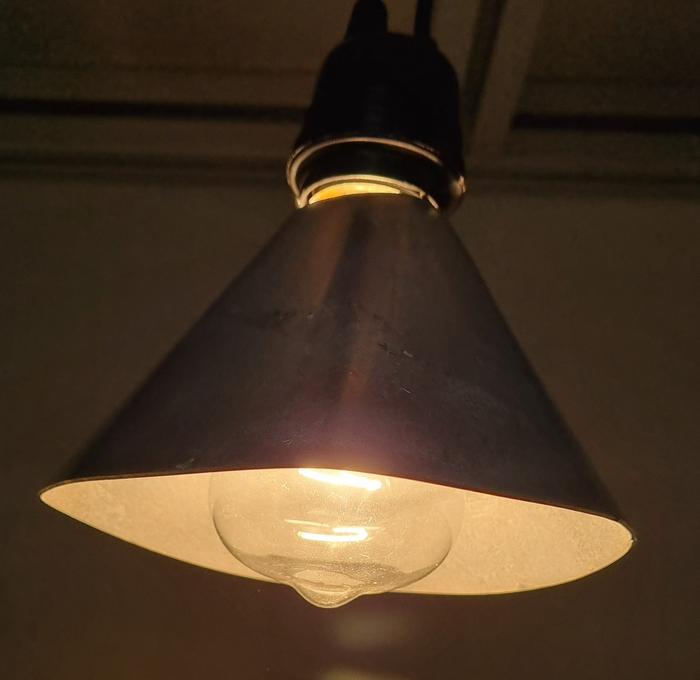Researchers working in South Korea have devised a lampshade coated with a special catalyst. The catalyst uses heat from an incandescent bulb to effectively destroy indoor air pollution. The lampshades target volatile organic compounds (VOCs), which account for most indoor airborne pollutants, and could be cost-effective to use.

VOCs that exist indoors are typically at very small concentrations (almost under 1 ppm), Minhyung Lee, study author and researcher at Yonsei University told ZME Science. However, if you continuously inhale them, the concentration can grow inside the human body.
“Even a small amount of VOCs can cause many bad effects such as allergies, respiratory problems, and headaches,” Lee explains. “Our lampshade system was tested at a higher concentration of 10 ppm and successfully removed it completely.”
Lee works alongside Hyoung-il Kim, who was the principal investigator for the project. The group has been working to develop environmentally friendly air purification systems that utilize both photocatalysis and thermal catalysis. In other words, they want to use light and heat to trigger chemical reactions that are beneficial inside our homes.
That works very well with light bulbs. Halogen light bulbs convert only 10% of the power they use into light; the other 90% is converted into heat. Incandescent light bulbs are even worse. That heat is wasted — but it can be used to trigger reactions.
In this particular case, the researchers coated the inside of an aluminum lampshade with the catalyst and placed a 100-watt halogen light bulb in the lamp. When the light bulb heats up, it activates the catalysts and triggers a reaction that decomposes VOCs into harmless carbon dioxide and water — no extra energy required.
“The thermocatalyst is coated on the lampshade and starts to activate when turning on the traditional lamps. These traditional lamps provide the coated thermal catalyst with sufficient thermal energy to activate the catalyst. The coating method enables direct contact of thermocatalysts with VOC substances.”
“The advantage of this method is that no additional equipment for the catalyst is required, and commonly used lampshades can be applied,” Lee researcher adds.
Getting VOCs outside of our buildings
Studies have documented several health conditions associated with long-term VOC exposure. From cognitive impairment to throat and nose irritation, these compounds can cause unseen damage for a long time.
Some of the most prevalent VOCs include formaldehyde (which causes sick building syndrome), acetaldehyde (generated from furniture or paint), and BTEX, which is sometimes produced when cooking, especially with oil. These VOCs are harmful to human health and are precursor to fine dust, which can also cause health problems, says Lee.
Several ways to address VOCs exist. However, they typically contain adsorbents (such as activated carbon) to capture the pollutants. But in this scenario, the pollutants are just adsorbed, not actually removed. Some air purification systems have also recently started to incorporate a strong UV light source as a catalyst, but this is dangerous and expensive, Lee mentions.
“On the other hand, we focused on the waste heat energy naturally generated from the lamps. And design the sustainable air purification system that utilize this waste heat energy for the complete removal of various gaseous air pollutants,” the scientist told ZME Science.
“Establishing this system is remarkably simple and convenient. It only requires a coating of catalyst paste onto the existing lampshades in your home.”
Lee says this could be a cost-effective technology to control indoor air quality. For now, the team is working on making a cheaper catalyst, which especially means eliminating the platinum (that’s expensive). They’re also developing catalysts that work with light from more efficient LEDs, that don’t give away as much heat. “Our ultimate goal is to develop a hybrid catalyst that can utilize the full spectrum produced by light sources, including UV and visible light, as well as waste heat,” Kim says.
This research was presented at a meeting of the American Chemical Society and did not yet undergo peer review.









